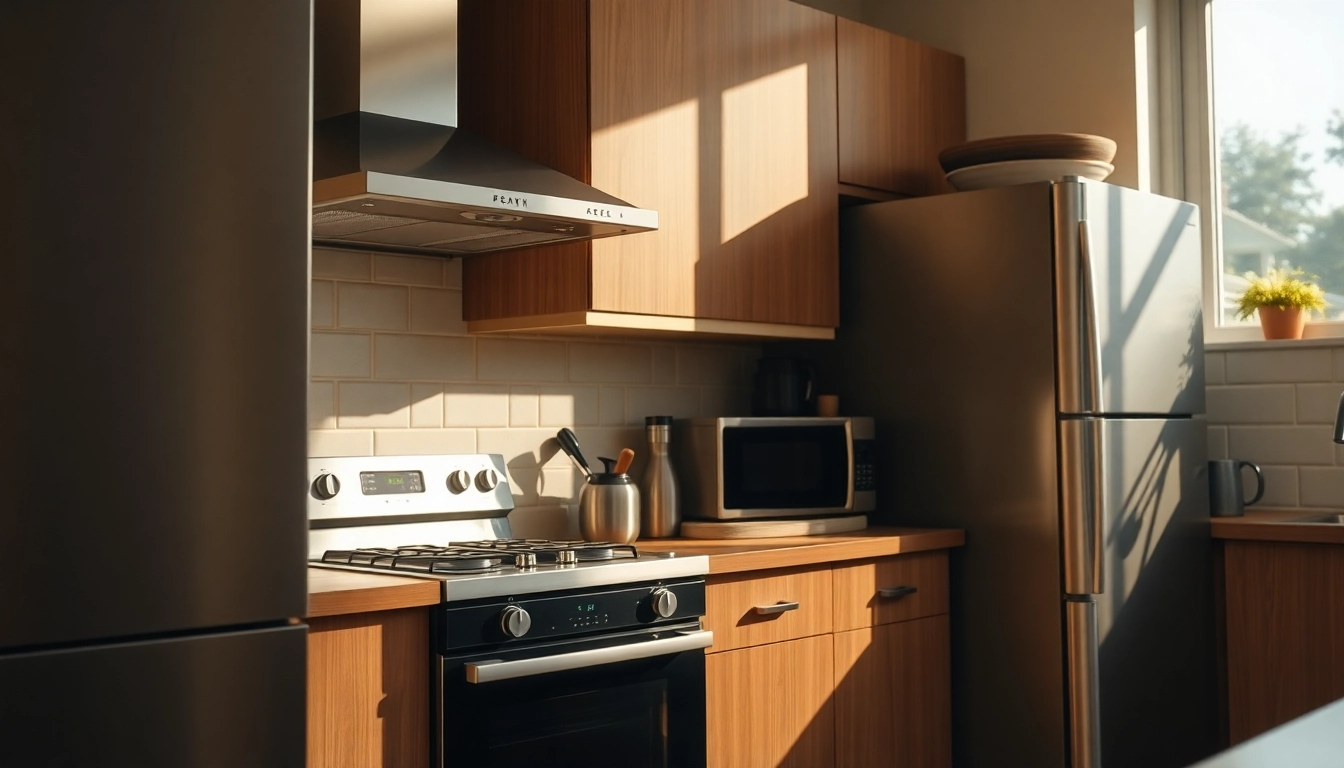Introduction to Laminating Resin
Laminating resins play a pivotal role in the world of composite materials. They are essential in creating strong, durable, and versatile structures through processes such as fiberglass lay-up and other composite applications. This article dives deep into the essence of laminating resin, exploring its types, applications, benefits, and best practices to harness its full potential. By the end, you will have a comprehensive understanding of laminating resin and how to effectively utilize it in your projects.
What is Laminating Resin?
Laminating resin is a type of synthetic resin formulated to provide optimal adhesion and structural integrity when layering composite materials. Its primary function is to bond together layers of fiberglass, carbon fiber, or other reinforcement fabrics to create composite structures that are strong yet lightweight. Laminating resin cures to form a rigid plastic material that offers excellent chemical resistance, weatherproofing, and long-lasting durability.
Types of Laminating Resin
There are two main categories of laminating resin: epoxy resins and polyester resins. Both types have distinct properties, benefits, and ideal applications.
Epoxy Laminating Resin
Epoxy laminating resins are known for their superior bonding capabilities and rigidity. They feature excellent weather resistance, chemical resistance, and lower shrinkage rates compared to polyester resins. Ideal for applications requiring a strong bond and high thermal stability, epoxy laminating resins are widely used in the aerospace, automotive, and marine industries.
Polyester Laminating Resin
Polyester laminating resins are more commonly used and are generally less expensive than epoxy resins. They offer good mechanical properties and can be cured quickly. Polyester laminating resins provide excellent performance in applications requiring rapid processing times, such as boat manufacturing and other recreational vehicles.
Common Uses and Applications
Laminating resins are utilized in various industries due to their strong bonding capabilities and versatility. Here are some common applications:
- Marine: Used for creating lightweight, durable boat hulls, decks, and other structures.
- Aerospace: Essential in manufacturing aircraft components, ensuring high strength-to-weight ratios.
- Automotive: Used in the fabrication of parts such as body panels and structural elements for enhanced performance.
- Sporting Goods: Frequently found in products such as bicycles and surfboards for improved performance and durability.
- Construction: Applied in creating composite beams and rods that offer superior strength and flexibility.
Benefits of Using Laminating Resin
The use of laminating resin in various applications brings numerous advantages, some of which include:
Durability and Strength
One of the most significant benefits of laminating resin is its exceptional durability and strength. Once cured, laminating resin forms a solid structure that can withstand extreme environmental conditions, including moisture, UV exposure, and chemical interactions. This makes it an ideal choice for applications in outdoor settings, such as marine and construction projects.
Versatility in Projects
Laminating resin is highly versatile, making it suitable for various projects, both large and small. Whether creating a one-off prototype or manufacturing components in bulk, laminating resin can adapt to numerous processes such as molding, casting, and bonding. Its adaptability also extends to varying types of reinforcement materials, allowing it to be utilized in a wide range of applications.
Cost-Effectiveness
Compared to traditional materials, laminating resin offers a cost-effective solution for creating strong, lightweight structures. Its ability to replace heavier materials without compromising strength can significantly reduce shipping and handling costs while also enhancing overall project efficiency and reducing production times.
Best Practices for Applying Laminating Resin
To maximize the performance of laminating resin, it is crucial to follow best practices during the application process. Here are some guidelines to ensure successful results:
Preparation of Materials
Proper preparation is fundamental for achieving maximum adhesion and performance from laminating resin. Ensure that all surfaces to be bonded are clean, dry, and free from contaminants like dust, grease, and mold release agents. Scuffing or sanding surfaces can enhance mechanical adhesion.
Application Techniques
There are different techniques for applying laminating resin, including brushing, rolling, and vacuum bagging. Each method has its advantages:
- Brushing: Ideal for small projects or touch-ups, providing control over the application.
- Rolling: Efficient for larger surfaces, allowing even distribution of resin.
- Vacuum Bagging: Enhances the lamination process, removing air bubbles and ensuring even pressure over the material.
Curing and Finishing Touches
Curing is the process of allowing the laminating resin to harden, which is vital for strength. Follow the manufacturer’s specifications regarding curing times and conditions, as temperature and humidity can significantly influence the curing process. Once the curing is complete, finishing touches such as sanding or painting can be applied to achieve the desired surface quality.
Comparing Laminating Resin to Other Resins
Understanding how laminating resin compares to other resins helps in choosing the right material for your project. Here, we examine two common comparisons: laminating resin versus epoxy resin and laminating resin versus polyester resin.
Laminating Resin vs Epoxy Resin
While both laminating and epoxy resins provide excellent bonding capabilities, they differ in certain characteristics. Epoxy resin typically has enhanced strength and lower shrinkage compared to laminating resin, making it more suitable for high-performance applications. However, laminating resin is often more cost-effective and easier to work with, especially for larger projects that require quicker curing times.
Laminating Resin vs Polyester Resin
Polyester resin is recognized for its affordability and availability; however, it may not offer the same level of performance as laminating resin. Laminating resin often cures faster and with greater strength, making it a preferred choice in applications demanding high durability and resistance to environmental conditions.
Choosing the Right Resin for Your Project
Selecting the appropriate resin involves considering various factors such as the specific application, budget constraints, and performance requirements. Understanding the unique qualities of each type of resin will aid in making an informed decision that aligns with your project’s goals.
Frequently Asked Questions About Laminating Resin
What Safety Precautions Should Be Taken?
When working with laminating resin, it’s essential to follow safety precautions to minimize exposure to harmful chemicals. This includes wearing protective clothing, gloves, and goggles. Ensuring adequate ventilation is also critical, especially when working in enclosed spaces.
How to Store Laminating Resin?
To maintain the integrity of laminating resin, store it in a cool, dry area, away from direct sunlight and extreme temperatures. Ensure containers are tightly sealed to prevent moisture absorption, which can compromise the resin’s performance.
Is Laminating Resin Environmentally Friendly?
While laminating resins provide numerous benefits, environmental considerations are essential. Many laminating resins contain volatile organic compounds (VOCs), which can contribute to air pollution. Utilizing low-VOC formulations and following disposal guidelines can mitigate environmental impacts.



